Have you ever wanted to go to space? Is it your dream to leave Earth behind and travel the cosmos? These days getting to space is becoming more of a reality for non-astronauts, even if the cost of doing so remains astronomical.
Go back 60 years and the idea of anyone going into space was little more than a dream. Today, more than 550 people have achieved this ambition, journeying beyond our planet and into low Earth orbit.
For decades it’s been governments footing the bill for training and flying astronauts, but that could all be about to change as space tourism becomes more of a reality over the coming years.
Private spaceflight is on the verge of being able to regularly carry private passengers into space, allowing anyone who wants to travel to the stars to do so – provided they have the money, that is.
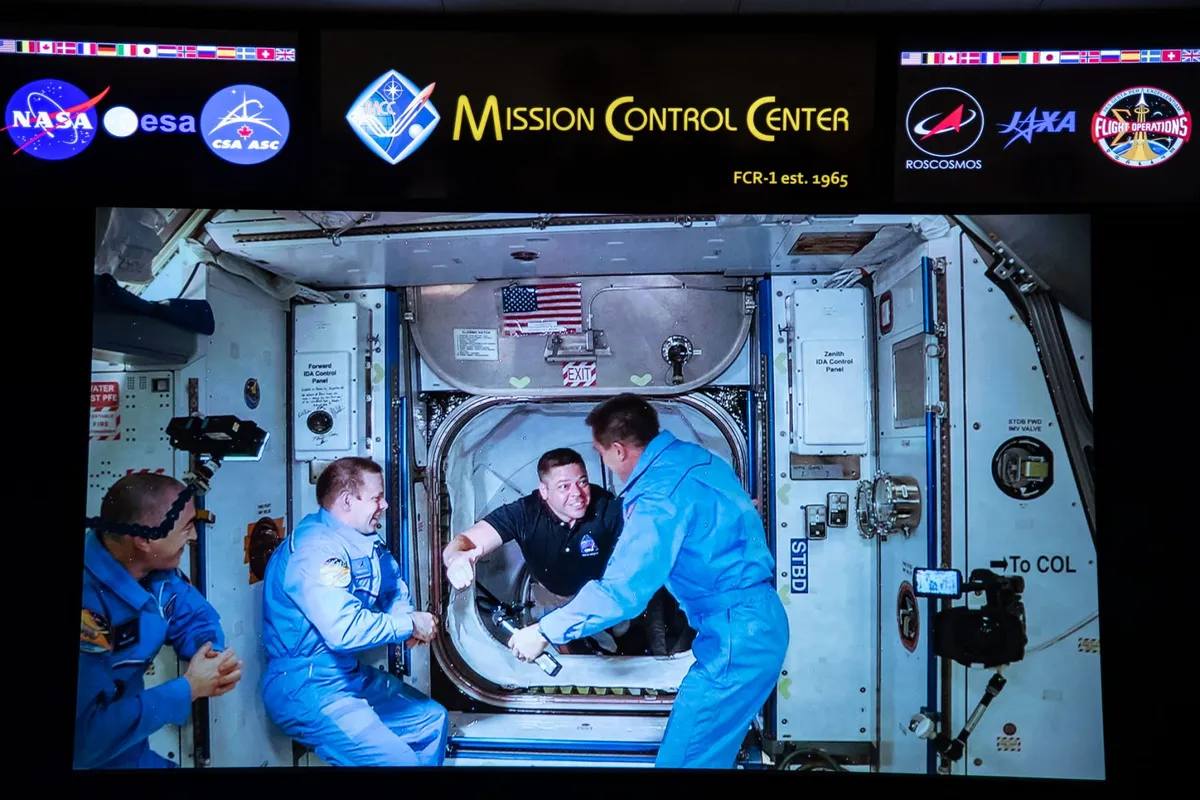
What companies are sending tourists to space?
The private company closest to sending people into space is SpaceX. In fact, it has already done so, having completed the first successful crewed flight of the Crew Dragon modules in August.
Rival Boeing isn’t far behind and hopes to have its own Starliner spacecraft certified for human spaceflight by the end of 2021.
Both companies are remaining tight-lipped about their fees, but a 2015 NASA estimate put the cost of a round trip ticket to the International Space Station (ISS) on a Crew Dragon or Starliner module at around $58 million.
Though both companies built the spacecraft to ferry astronauts to and from the ISS, they also plan on selling flights to whoever can afford it, be they academic institutions hoping to conduct research in orbit or deep-pocketed individuals wanting to take the ultimate trip.
Getting into space: your options
Visit the International Space Station

NASA is already anticipating the coming boom of private passengers, announcing back in March that the American space manufacturer Axiom would be building an ISS module to accommodate them.
Axiom is also helping to facilitate flights to the station. Their first, which will take 3 private astronauts to the International Space Station, is planned for mid 2021. There’s still a seat going spare but you’ll have to pay the $55 million price tag on the ticket.
If your budget can stretch to the billions rather than the millions, however, you can always approach private space exploration companies direct for something a little more bespoke than an off-the-shelf flight.
Take a trip around the Moon
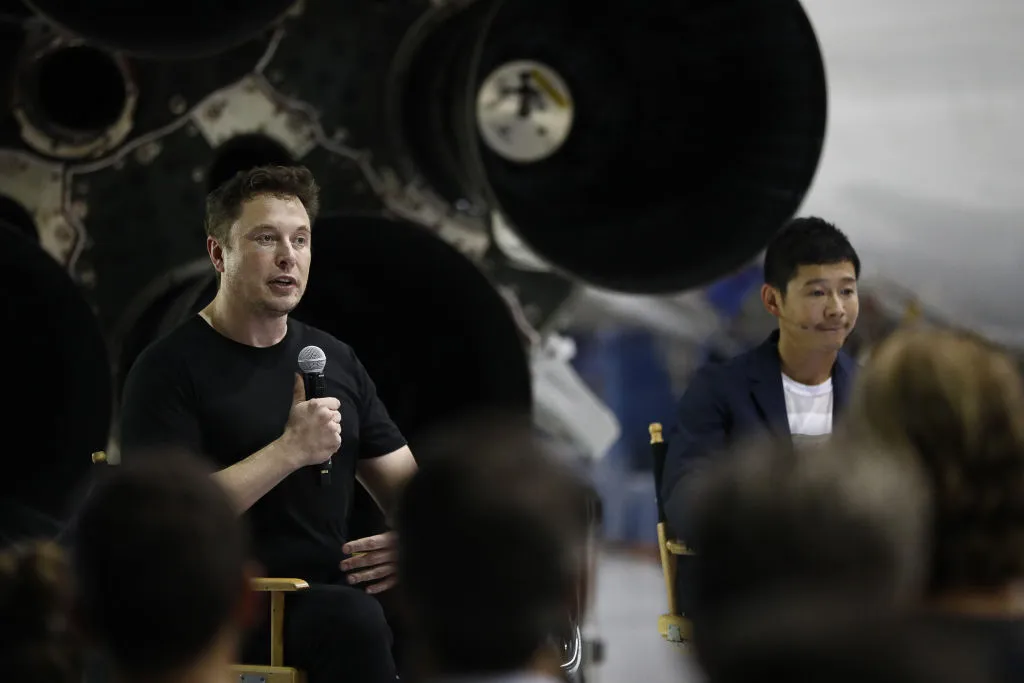
Space X is currently working with Japanese billionaire Yusaku Maezawa on such a mission, called #dearmoon, which will send 6 to 8 passengers on a flight around the Moon.
Maezawa is even giving away his seats, but you’ll have to be a world-class artist to stand a chance of getting one; his plan is for all the passengers to create works of art attempting to convey the experience of being in space to the world.
Reach 'outer space' with Virgin Galactic
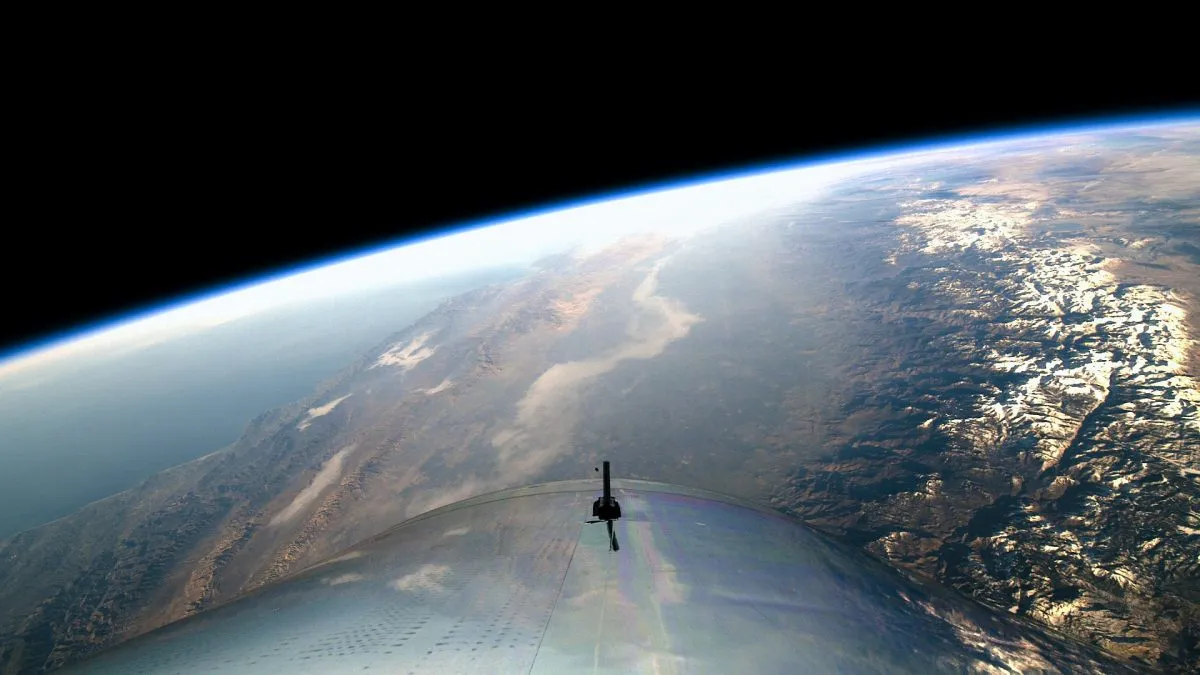
At the other end of the fee scale, relatively speaking, is the option of taking a sub-orbital flight with Virgin Galactic.
The company promises passengers three things: to cross the boundary into outer space 100km above Earth’s surface; to let them see the curvature of Earth; and at least 5 minutes of free-floating weightlessness.
After years of postponements, founder Richard Branson has announced that he hopes to take his own first flight in early 2021, before working down the list of 600 people who have purchased a ticket at the early-bird price of $250,000.
Become an astronaut
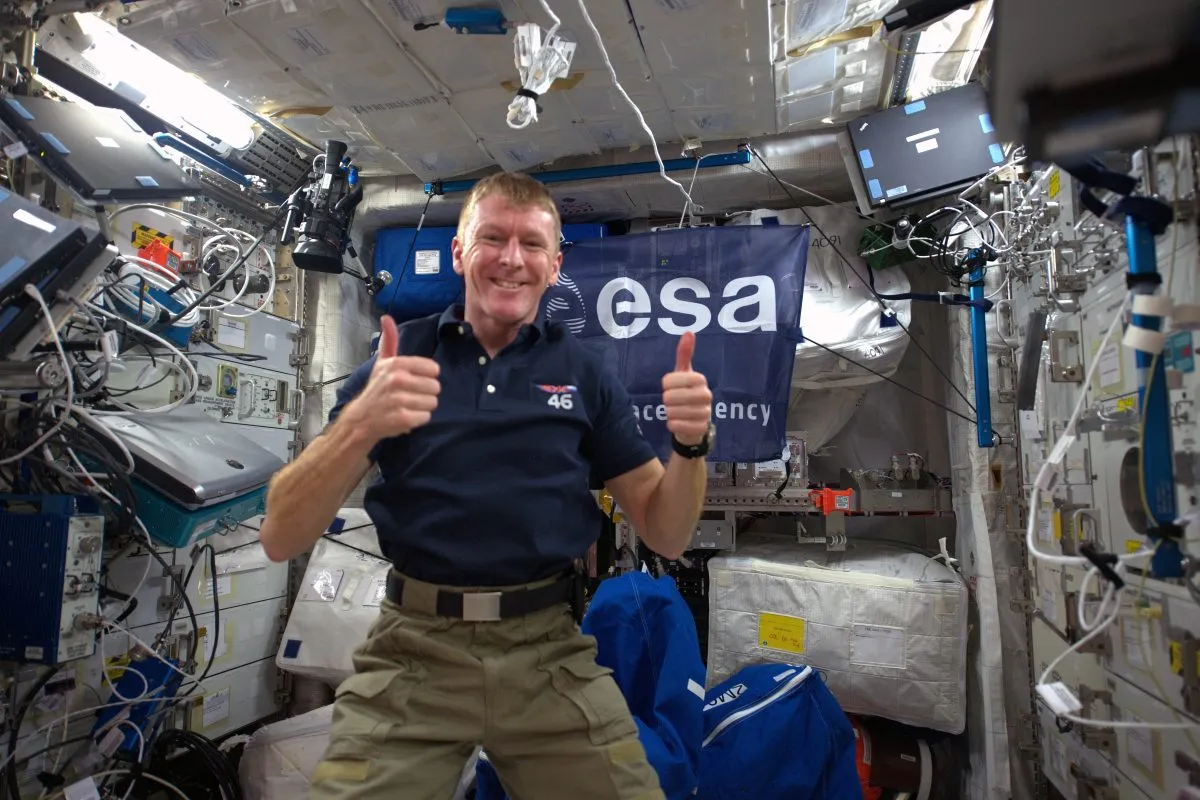
While it’s nice to daydream, the reality is that most of us could never afford even the 6-figure option. There is one more possibility, however: become a professional astronaut.
All you need is excellent physical health; a masters in a physical science, engineering or medicine; several years of work experience; a decorated military history; or over 1,000 hours of flight experience. Easy, eh?
If you’re applying to NASA, who select around a dozen candidates every few years, then you’ll need to have US citizenship. For more on this, read the guide to becoming a NASA astronaut.
For Europeans there might be a bit more of a fight, as the European Space Agency (ESA) hasn’t selected a new class of astronauts since 2008, when 8,414 people applied for just 6 places.
Rumour has it that the agency will be sending out a call for new astronauts in 2021, so it might be time to start working on the CV.For more on this, read the ESA guide to becoming an astronaut.
Which non-astronauts have been to space?
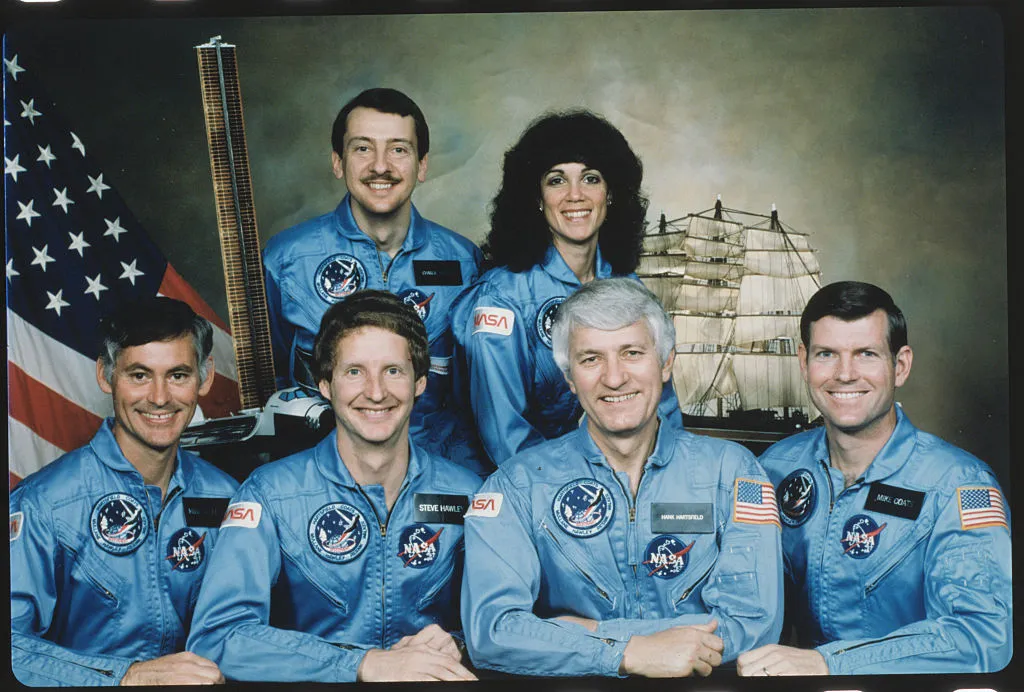
In 1984, American citizen Charles D Walker became the first non-government sponsored person to reach space.His employer, aerospace company McDonnell Douglas, paid for him to fly on three Shuttle missions.
NASA charged just $40,000 per flight, though the company spent around $20 million of its own money training him.
Most private spaceflights, however, were not flown on NASA's Space Shuttle but on the Russian Soyuz.
In the 1990s, the Soviet Union’s wider financial problems left its space agency with a shortfall in its ledger, making it more than willing to accommodate paying customers.
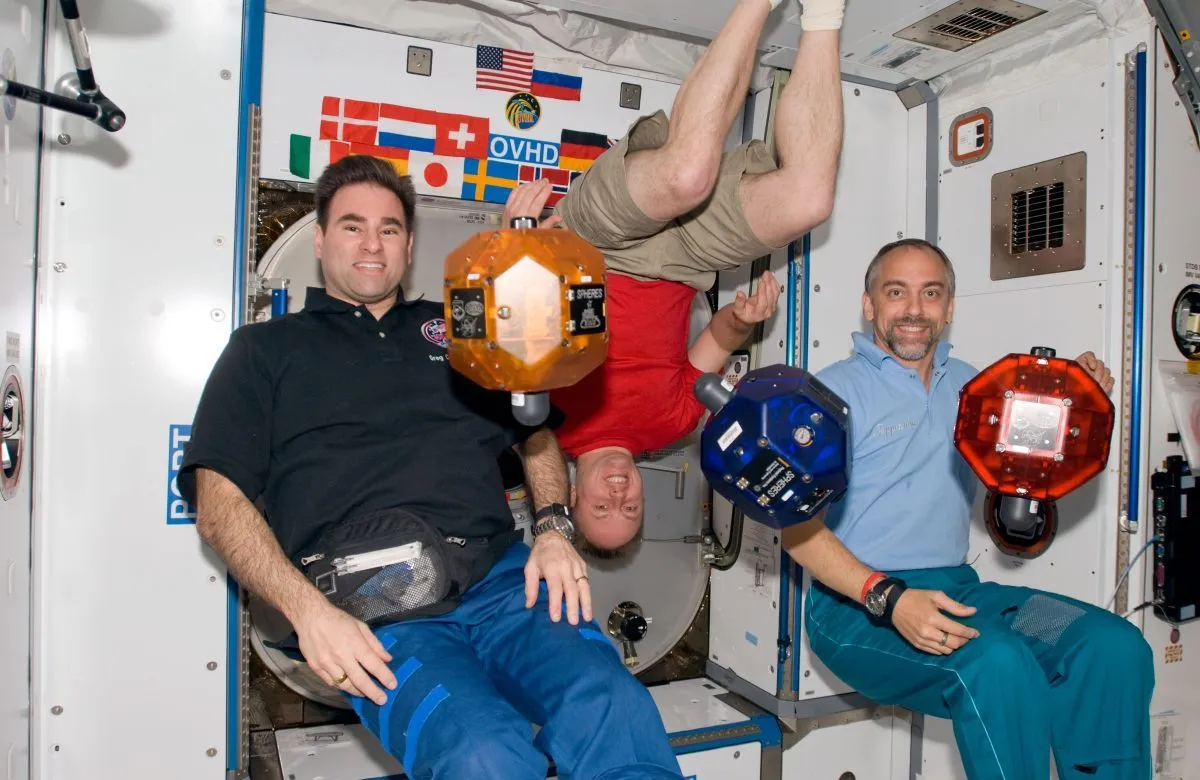
In 1990, a Japanese broadcasting company paid for reporter Toyohiro Akiyama to fly to the Mir space station, and a few years later Helen Sharman had her flight paid for by various sponsors, becoming the UK’s first astronaut.
In 1998, Space Adventures began working with the Russian space agency to broker future flights to the International Space Station (ISS).
Since then, the company has trained and flown seven individuals, including the second person to wear the British flag in space, gaming entrepreneur Richard Garriott.
In all these flights, the individuals did more than just float around, looking at the view.Instead, they helped to conduct research and experiments, or put on outreach events to educate those back on Earth.
Ezzy Pearson is BBC Sky at Night Magazine's News Editor. This guide originally appeared in the November 2020 issue of BBC Sky at Night Magazine.
